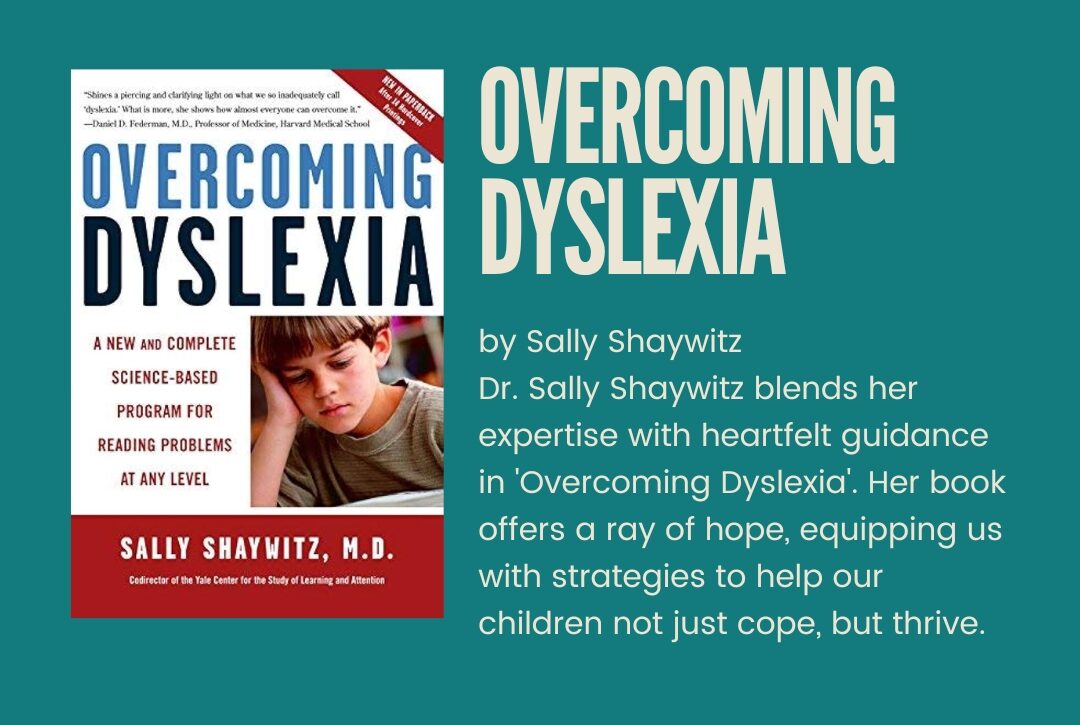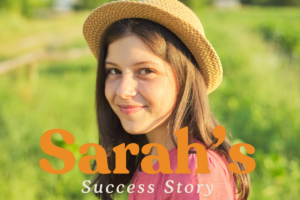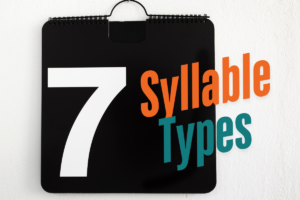
Book Review: Overcoming Dyslexia by Sally Shaywitz, M.D.
Book Review: Overcoming Dyslexia by Sally Shaywitz, M.D.
The first time I read Sally Shaywitz’s Overcoming Dyslexia, I was studying at the Dyslexia Training Institute to become an Orton-Gillingham tutor. It was part of the coursework for my very first class. At the time, I had just begun uncovering my own child’s dyslexia—though she had not yet been officially diagnosed. Eager to learn everything I could, this book became one of my first deep dives into understanding dyslexia.
Fast forward ten years, I began developing the Dyslexia Intervention Curriculum for Apricot Tree Academy. I wanted to refresh my knowledge with the most up-to-date research. Naturally, I turned to the updated edition of Overcoming Dyslexia. Once again, I found myself learning even more.
This book is a treasure trove of knowledge. In addition, it offers invaluable insights for parents of dyslexic children, adults with dyslexia, educators, and advocates alike. Shaywitz structures her book into sections that build from foundational understanding to practical application, making it accessible no matter where you are in your journey.
A Look Inside
The first section provides a deep dive into the history of dyslexia, who it affects, and how it functions in the brain. In fact, the brain research alone makes this book a must-read for anyone seeking a clear, scientific understanding of dyslexia.
The second section moves from theory to practice. It covers early signs of dyslexia, diagnostic processes, identifying at-risk individuals, and recognizing dyslexia in adults. If you’re just beginning to explore whether your child may have dyslexia, this section is a great starting point. It offers clear guidance on when and how to seek testing.
As a dyslexia tutor, the third section is my favorite. Here, Shaywitz explores how children with dyslexia learn to read, providing both research and practical strategies. She reassures parents and educators that with the right approach, dyslexic students can become successful readers.
The fourth section, Turning Struggling Readers into Proficient Readers, expands on intervention strategies. It goes beyond decoding to fluency, comprehension, vocabulary development, and even self-esteem building—key elements in helping dyslexic students thrive.
The fifth section discusses school choices. It includes how to find a school that supports dyslexic learners and how to work with schools to meet your child’s needs. While this chapter is informative, I personally didn’t find it as relevant. As a parent with multiple children and real-world constraints—jobs, finances, and location—choosing a specialized private school wasn’t an option for my family. I imagine many parents may feel the same.
The sixth section focuses on post-secondary education. It addresses college selection, self-advocacy, and strategies for adult learners. I appreciated the practical tips, like organization strategies for handling college workloads and navigating accommodations. However, I do wish there were even more resources available to support dyslexic students as they transition into higher education and the workforce. We put so much emphasis on early intervention, but ongoing support into adulthood is just as critical.
Finally, the last section, Making It Work for the Dyslexic Child and Adult, covers ADHD, anxiety, assistive technology, accommodations, and legal rights. While this section contains valuable information, some topics felt a bit underdeveloped—especially the discussion on laws and rights, which I wish had been explored in more detail.
Conclusion
Overall, Overcoming Dyslexia is an outstanding resource and one of my favorite books on dyslexia. If I have one critique, it’s that I want more—but with nearly 600 pages of research and guidance, it’s already a comprehensive and invaluable tool. This book belongs at the top of every parent’s reading list if they have a struggling reader. It’s an essential reference for educators and advocates as well
You may also like

Sarah’s Success Story


